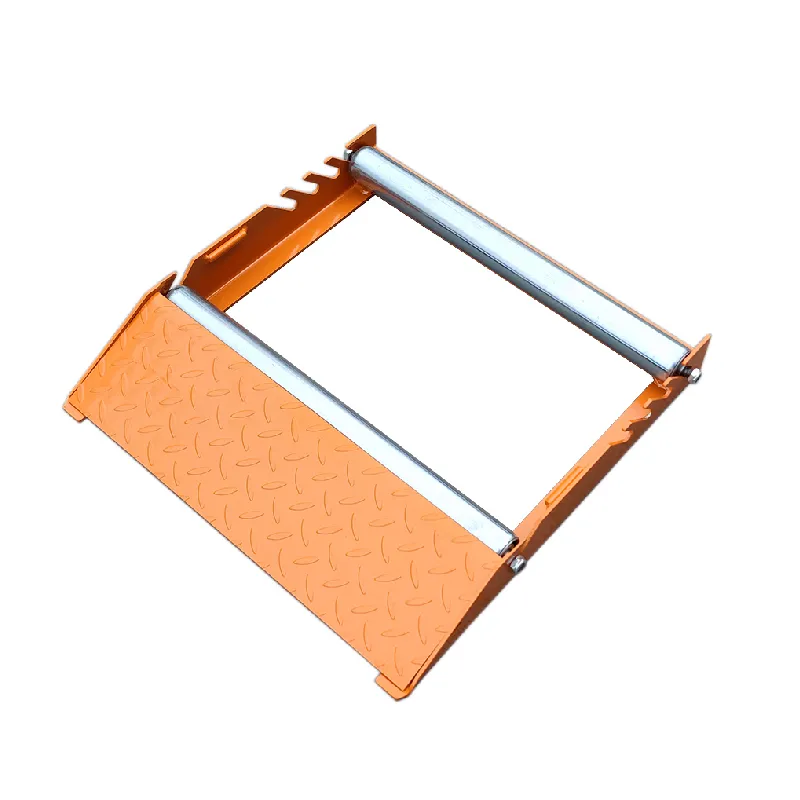
-
 Afrikaans
Afrikaans -
 Albanian
Albanian -
 Amharic
Amharic -
 Arabic
Arabic -
 Armenian
Armenian -
 Azerbaijani
Azerbaijani -
 Basque
Basque -
 Belarusian
Belarusian -
 Bengali
Bengali -
 Bosnian
Bosnian -
 Bulgarian
Bulgarian -
 Catalan
Catalan -
 Cebuano
Cebuano -
 Corsican
Corsican -
 Croatian
Croatian -
 Czech
Czech -
 Danish
Danish -
 Dutch
Dutch -
 English
English -
 Esperanto
Esperanto -
 Estonian
Estonian -
 Finnish
Finnish -
 French
French -
 Frisian
Frisian -
 Galician
Galician -
 Georgian
Georgian -
 German
German -
 Greek
Greek -
 Gujarati
Gujarati -
 Haitian Creole
Haitian Creole -
 hausa
hausa -
 hawaiian
hawaiian -
 Hebrew
Hebrew -
 Hindi
Hindi -
 Miao
Miao -
 Hungarian
Hungarian -
 Icelandic
Icelandic -
 igbo
igbo -
 Indonesian
Indonesian -
 irish
irish -
 Italian
Italian -
 Japanese
Japanese -
 Javanese
Javanese -
 Kannada
Kannada -
 kazakh
kazakh -
 Khmer
Khmer -
 Rwandese
Rwandese -
 Korean
Korean -
 Kurdish
Kurdish -
 Kyrgyz
Kyrgyz -
 Lao
Lao -
 Latin
Latin -
 Latvian
Latvian -
 Lithuanian
Lithuanian -
 Luxembourgish
Luxembourgish -
 Macedonian
Macedonian -
 Malgashi
Malgashi -
 Malay
Malay -
 Malayalam
Malayalam -
 Maltese
Maltese -
 Maori
Maori -
 Marathi
Marathi -
 Mongolian
Mongolian -
 Myanmar
Myanmar -
 Nepali
Nepali -
 Norwegian
Norwegian -
 Norwegian
Norwegian -
 Occitan
Occitan -
 Pashto
Pashto -
 Persian
Persian -
 Polish
Polish -
 Portuguese
Portuguese -
 Punjabi
Punjabi -
 Romanian
Romanian -
 Russian
Russian -
 Samoan
Samoan -
 Scottish Gaelic
Scottish Gaelic -
 Serbian
Serbian -
 Sesotho
Sesotho -
 Shona
Shona -
 Sindhi
Sindhi -
 Sinhala
Sinhala -
 Slovak
Slovak -
 Slovenian
Slovenian -
 Somali
Somali -
 Spanish
Spanish -
 Sundanese
Sundanese -
 Swahili
Swahili -
 Swedish
Swedish -
 Tagalog
Tagalog -
 Tajik
Tajik -
 Tamil
Tamil -
 Tatar
Tatar -
 Telugu
Telugu -
 Thai
Thai -
 Turkish
Turkish -
 Turkmen
Turkmen -
 Ukrainian
Ukrainian -
 Urdu
Urdu -
 Uighur
Uighur -
 Uzbek
Uzbek -
 Vietnamese
Vietnamese -
 Welsh
Welsh -
 Bantu
Bantu -
 Yiddish
Yiddish -
 Yoruba
Yoruba -
 Zulu
Zulu


lis . 08, 2024 20:19 Back to list
Creating Engaging Narratives with Fishtape Techniques for Captivating Storytelling Experiences
Fishtape, a term that may initially seem unfamiliar to many, resonates deeply within the realms of electrical work and construction. Essentially, it refers to a flexible, flat tool used predominantly for pulling wires through tight spaces and conduits. Its design and functionality embody the perfect blend of practicality and ingenuity, making it an indispensable asset for electricians and contractors alike.
The primary material of a fishtape is typically reinforced fiberglass or steel, allowing it to be both durable and flexible. One end of the fishtape is usually fitted with a metal tip or hook, designed to securely grasp and pull wires. This feature is especially useful when navigating complex pathways, such as behind walls or through ceilings, where conventional methods might falter. In these settings, the fishtape acts like a modern-day fishing line, enabling professionals to reel in their targets.
Using a fishtape illustrates the importance of proper technique and skill in electrical installation. As electricians maneuver the fishtape through conduits, they must possess a keen understanding of the physical layout of a building. Often, they are confronted with obstacles such as bends and turns, which can complicate the wire-pulling process. However, the fishtape’s flexibility allows it to adapt to these challenges, making it a reliable tool in scenarios that demand precision and efficiency.
fishtape

Moreover, fishtapes are available in various lengths and thicknesses, catering to the diverse needs of different projects. For instance, a shorter fishtape might suffice for residential wiring, while contractors working on commercial projects may opt for a longer version to accommodate extensive wiring systems. This versatility enhances its appeal, allowing it to be a staple in both the toolkits of seasoned professionals and the hands of DIY enthusiasts.
In conclusion, the fishtape serves as a testament to the innovation and resourcefulness inherent in the electrical trade. Its ability to facilitate the efficient installation of wiring underscores the broader theme of connectivity within our modern society. As buildings continue to grow in complexity, tools like the fishtape will remain vital in ensuring that our infrastructures are both functional and safe, allowing us to thrive in an increasingly electrified world. Whether in the hands of a skilled electrician or an eager apprentice, the fishtape will continue to reel in success—one wire at a time.
Latest news
duct-rodders-and-conduit-rod-tools
NewsAug.22,2025
ratchet-pullers-and-wire-tightening-tools
NewsAug.22,2025
chain-ratchet-pullers-and-hoist-solutions
NewsAug.22,2025
telescopic-hot-stick-for-electrical-and-high-voltage-use
NewsAug.22,2025
cable-clamp-and-insulated-cable-clamp-systems
NewsAug.22,2025
duct-rodder-conduit-rodder-and-cable-solutions
NewsAug.22,2025








